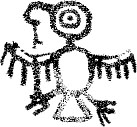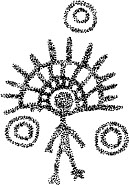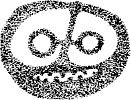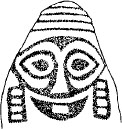James D. Keyser - Indian Rock Art of the Columbia Plateau
Here you can read online James D. Keyser - Indian Rock Art of the Columbia Plateau full text of the book (entire story) in english for free. Download pdf and epub, get meaning, cover and reviews about this ebook. City: Seattle, year: 2017, publisher: University of Washington Press, genre: Art / Computer. Description of the work, (preface) as well as reviews are available. Best literature library LitArk.com created for fans of good reading and offers a wide selection of genres:
Romance novel
Science fiction
Adventure
Detective
Science
History
Home and family
Prose
Art
Politics
Computer
Non-fiction
Religion
Business
Children
Humor
Choose a favorite category and find really read worthwhile books. Enjoy immersion in the world of imagination, feel the emotions of the characters or learn something new for yourself, make an fascinating discovery.
- Book:Indian Rock Art of the Columbia Plateau
- Author:
- Publisher:University of Washington Press
- Genre:
- Year:2017
- City:Seattle
- Rating:4 / 5
- Favourites:Add to favourites
- Your mark:
Indian Rock Art of the Columbia Plateau: summary, description and annotation
We offer to read an annotation, description, summary or preface (depends on what the author of the book "Indian Rock Art of the Columbia Plateau" wrote himself). If you haven't found the necessary information about the book — write in the comments, we will try to find it.
From the river valleys of interior British Columbia south to the hills of northern Oregon and east to the continental divide in western Montana, hundreds of cliffs and boulders display carved and painted designs created by ancient artists who inhabited this area, the Columbia Plateau, as long as seven thousand years ago.
Expressing a vital social and spiritual dimension in the lives of these hunter-gathers, rock art captivates us with its evocative power and mystery. At once an irreplaceable yet fragile cultural resource, it documents Native histories, customs, and visions through thousands of years.
This valuable reference and guidebook addresses basic questions of what petroglyphs and pictographs are, how they were produced, and how archaeologists classify and date them. James Keyser identifies five regions on the Columbia Plateau, each with its own variant of the rock art style identifiable as belonging exclusively to the region. He describes for each region the setting and scope of the rock art along with its design characteristics and possible meaning. Through line drawings, photographs, and detailed maps he provides a guide to the sites where rock art can be viewed.
In western Montana, rock art motifs express the ritualistic seeking of a spirit helper from the natural world. In interior British Columbia, rayed arcs above the heads of human figures demonstrate possession of a guardian spirit. Twin figures on the central Columbia Plateau reveal another beliefthe special power of twinsand hunting scenes celebrate success of the chase. The grimacing evocative face of Tsagiglalal, in lower Columbia pictographs, testifies to the Plateau Indians death cult response to the European diseases that decimated their villages between 1700 and 1840. On the southeastern Plateau, images of horse-back riders mark the adoption, after 1700 of the equestrian and cultural habits of the northwestern Great Plains Indians.
Despite geographic differences in emphasis, similarities in design and technique link the drawings of all five regions. Human figures, animals depicting numerous species on the Plateau, geometric motifs, mysterious beings, and tally marks, whether painted or carved, appear throughout the Columbia Plateau.
James D. Keyser: author's other books
Who wrote Indian Rock Art of the Columbia Plateau? Find out the surname, the name of the author of the book and a list of all author's works by series.

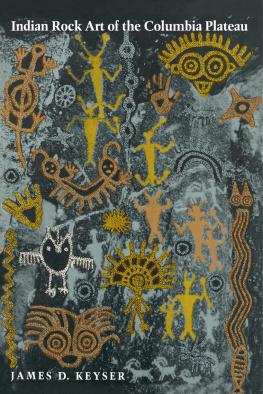


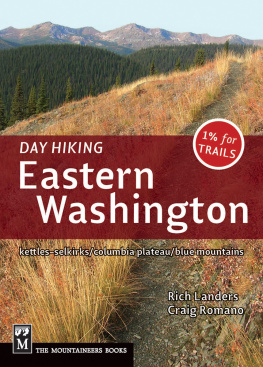
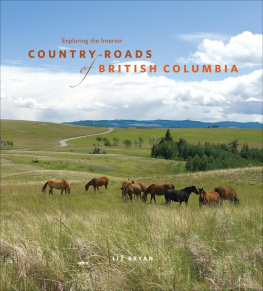

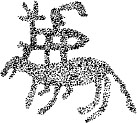
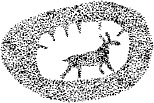

 London
London